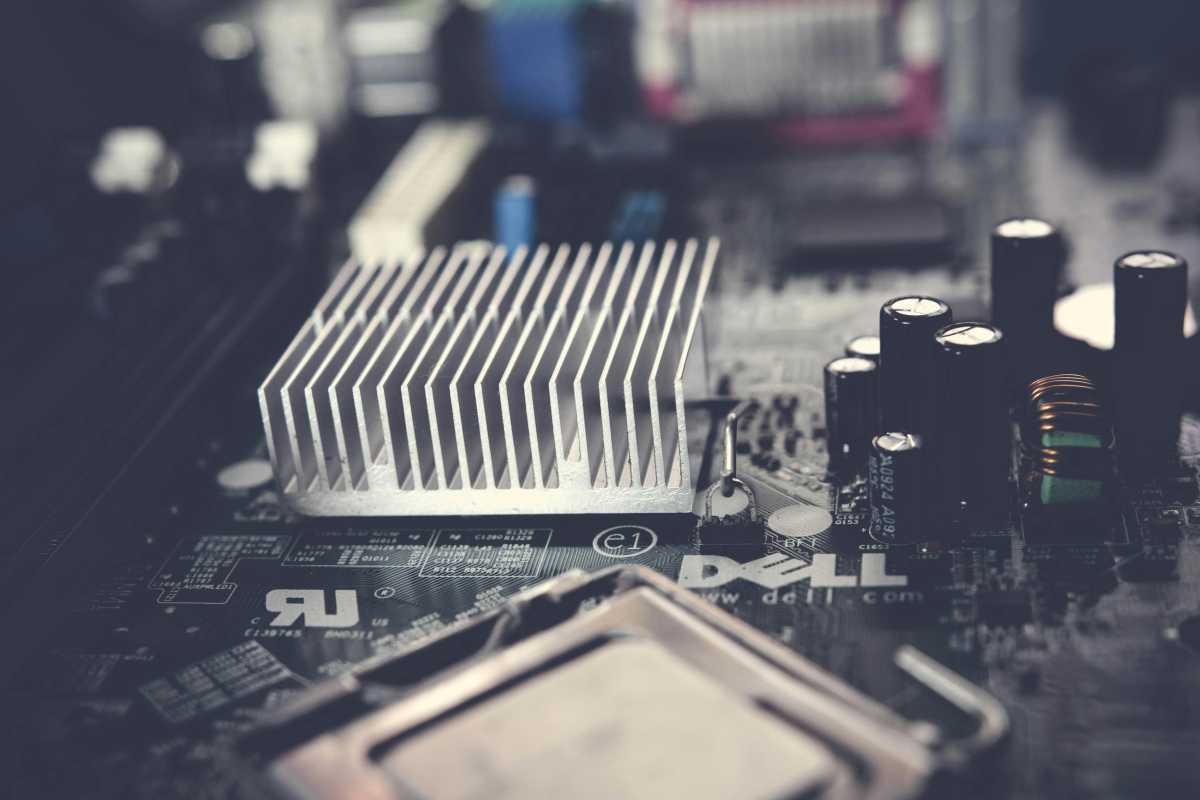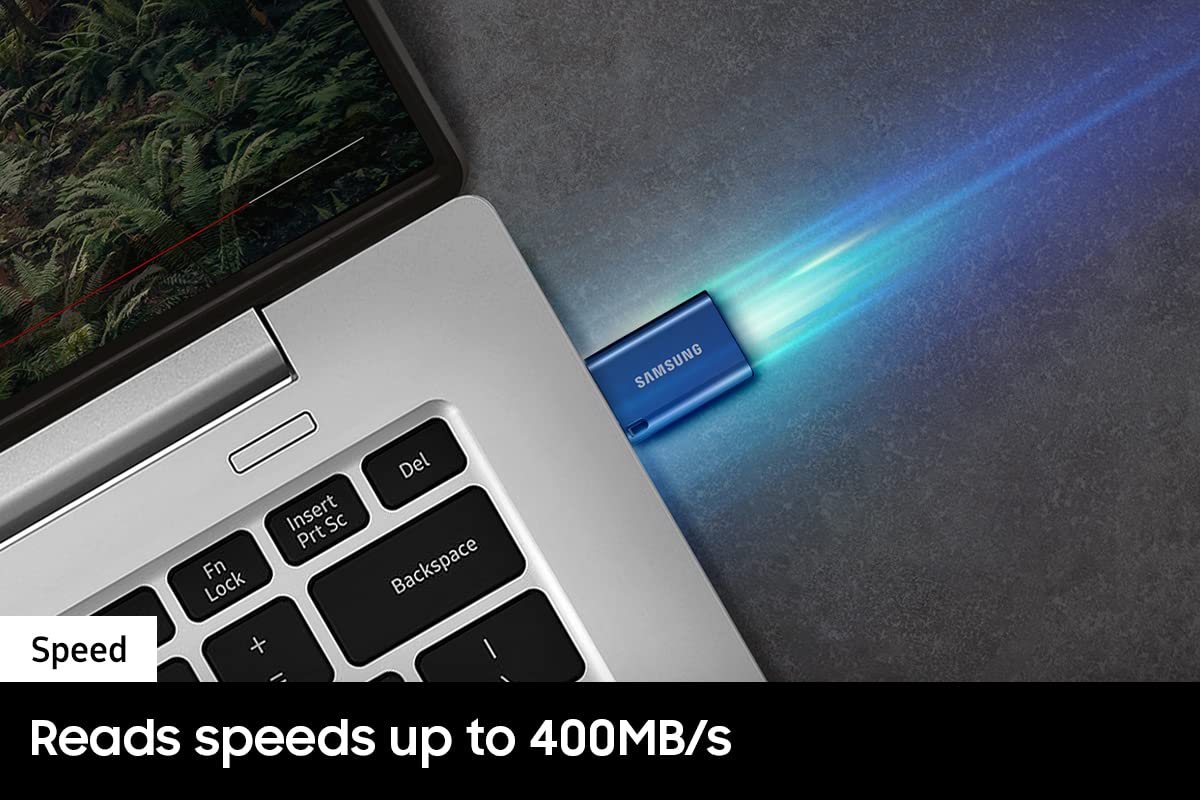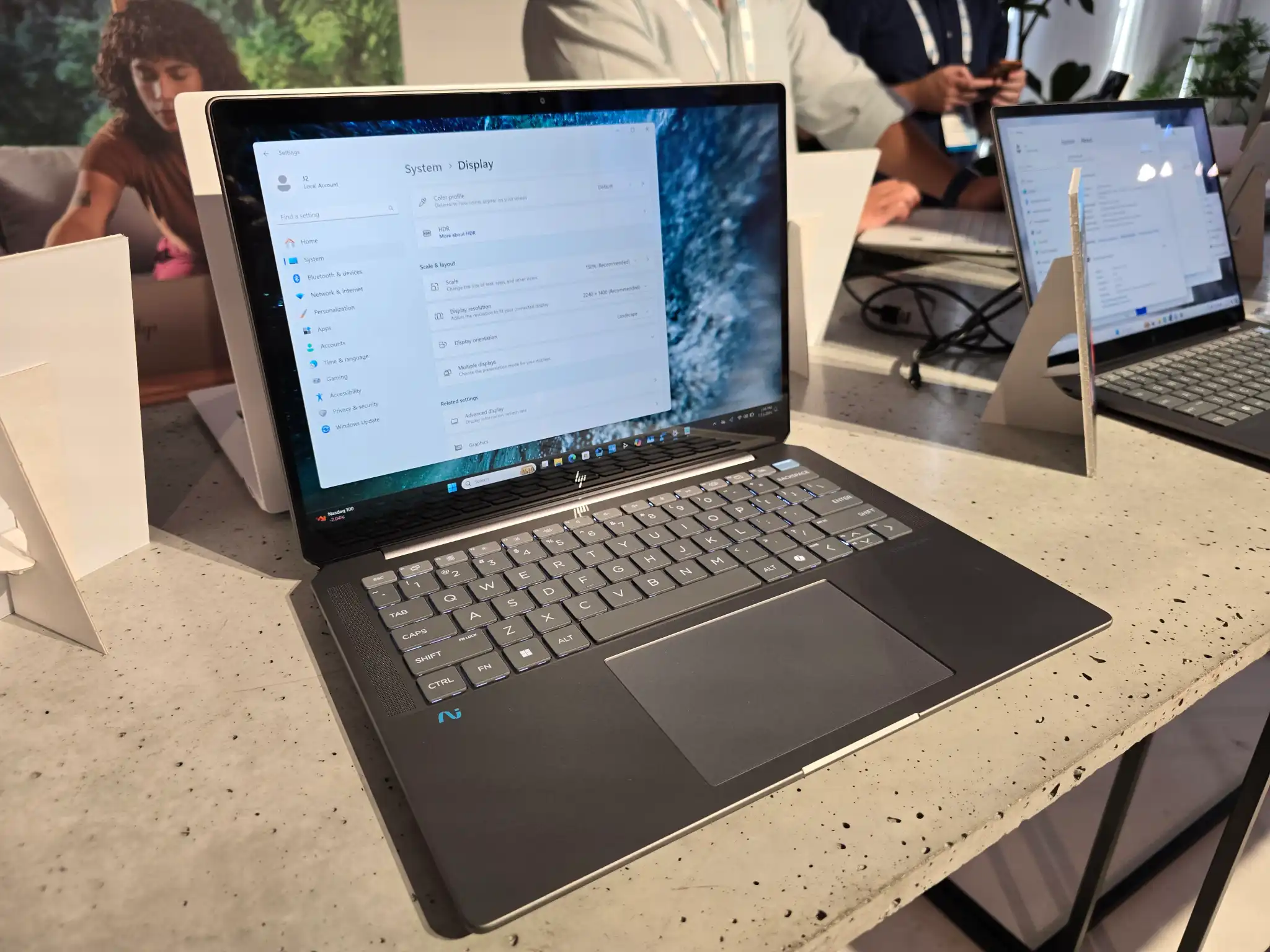I had a big lesson in PC hardware assembly a couple of years ago. Proud of my efforts in choosing kick-ass components for a new gaming rig that would allow me to enjoy a stutter free game of Doom Eternal, the last thing to choose was the rig’s case.
I’ll admit, having squeezed every dollar out of my savings account for an Intel Core i9-10900K and Nvidia GeForce RTX 3070 GPU I was a little out of cash at this stage, and not wanting to wait an extra month for more, I settled on a cheaper case.
Sure, it’s nice if you can find a case with an internal touchscreen that will beam images of tropical fish at you, but practicality should always be your primary concern…
“Who needs a pricey shell anyways,” I murmured cockily as I clicked purchase on the first $30 off-white plastic tower that appeared on my screen. Oh, what a mistake that turned out to be….
Naturally, I was perplexed after running a benchmark and finding my GPU’s temperature appeared somewhere north of 203 degrees. Had the fires of Mordor been released from the depths of my neighbor’s apartment below? Did my spiffy new hardware tear a rift in the space-time continuum or set off a localized thermonuclear explosion?
The culprit, of course, turned out to be that shoddy budget case, a purchase that I was very soon to regret making.
A rig that can heat up a room
I should have known you can’t skimp on anything in a quality gaming rig. I’ve been around long enough to know that when gamers drop terms like “custom water cooler” and “heatsink” they’re not talking about a day out at the local water park — keeping heat in check is a serious business in gaming PCs.
Why, then, did I make such a rookie error and turn my PC into a convection oven, good only for keeping my hands warm on a frosty winter’s day, or baking a few scones on a lazy Sunday afternoon?
Of course, there was nothing wrong with the case I chose, except for the fact that it was grossly unsuitable for my needs. I’d made a key and monumental miscalculation in that I’d overlooked the need for efficient airflow for my powerful hardware.
Yes, this tower might have successfully dissipated the tepid breezes generated by an old-fashioned Intel 386 PC, but it was 2020, and I had some serious hardware onboard. Heat-generating hardware — the most powerful I’d ever owned.

I didn’t identify the problem immediately, but after dragging a reluctant friend away from a Trekkie convention for a second opinion I soon had my answer. The case was just too small for the rig’s PSU we surmised as we gawked at the wires covering every perceivable inch of space, like a smorgasbord of fancy colored fettuccine.
I was annoyed that I’d made a mistake. But really, I should have been thanking my lucky stars. I’d gotten off lightly and not turned my CPU and GPU into melty blobs of modern art fit only for MOMA.
Considering my CPU and GPU cost somewhere in the vicinity of 10 times what I paid for my case, though, I knew I had to do something drastic.
Another problem rears its ugly head
Until I could afford a new case, I was stuck with it for about a month. Worse than resigning myself to a month of playing games as taxing as Windows Minesweeper or Solitaire, was the fact that another issue soon appeared that would see me curse my spur-of-the-moment decision even more.
What was it this time? My case was pathetically underrepresented for ports, that’s what! It had just two USB-A ports and a 3.5mm audio jack. That left me with no USB-C options for my devices, not a single one to plug a headset or wireless mouse in, once I’d plugged in my wireless internet dongle.




